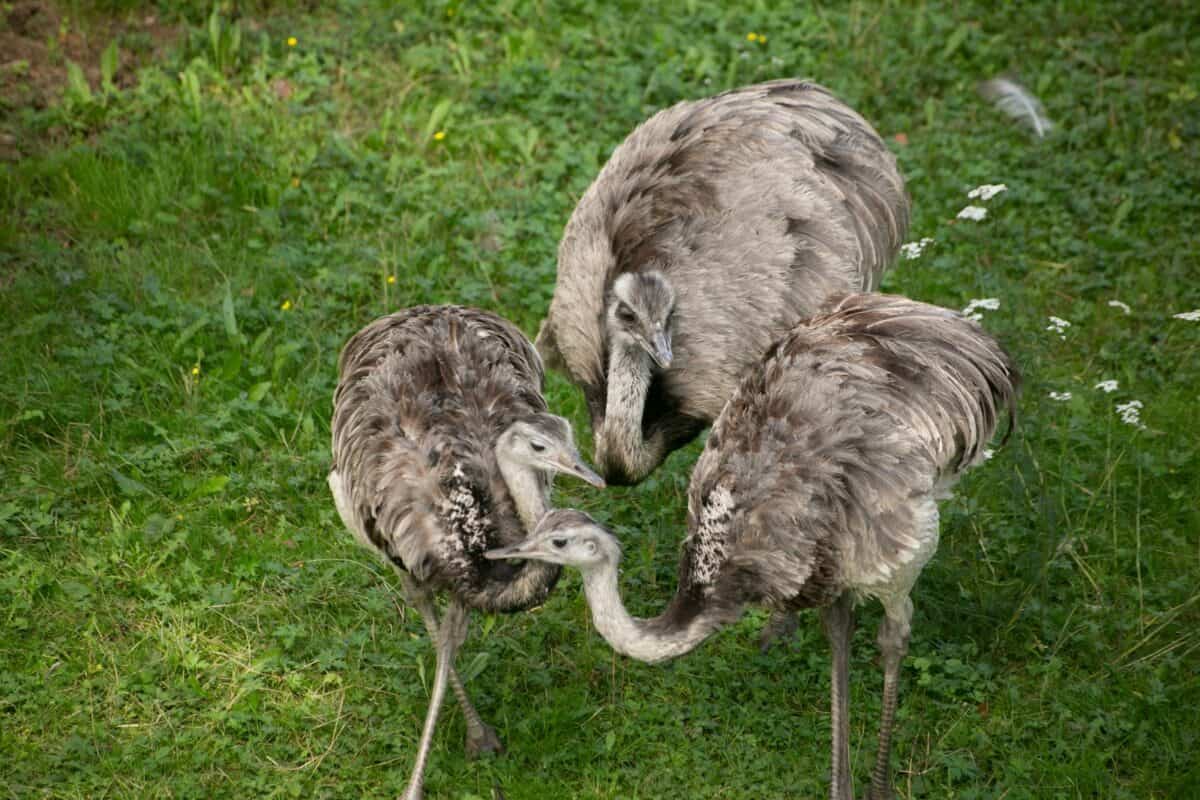In the vast, arid landscapes of Australia, an extraordinary parenting tale unfolds among the continent’s largest native birds. Male emus, standing nearly 6 feet tall with their distinctive shaggy plumage, represent one of nature’s most remarkable examples of devoted fatherhood. Unlike most bird species where maternal care dominates, emu dads take on the primary—and often exclusive—parenting responsibilities. These feathered fathers not only incubate the eggs but also raise their chicks with impressive dedication, earning them the well-deserved title of “Super-Dads of the Outback.”
This remarkable reversal of typical avian gender roles makes the emu (Dromaius novaehollandiae) particularly fascinating to both scientists and nature enthusiasts. As we explore the exceptional parenting behaviors of male emus, we’ll discover how these devoted dads sacrifice their own well-being for their offspring, demonstrating parenting skills that rival or exceed those found in any other bird species worldwide. Their story challenges our assumptions about natural parenting roles and highlights the diverse strategies that evolution has produced in the animal kingdom.
The Emu Mating System: Setting the Stage for Super Dads
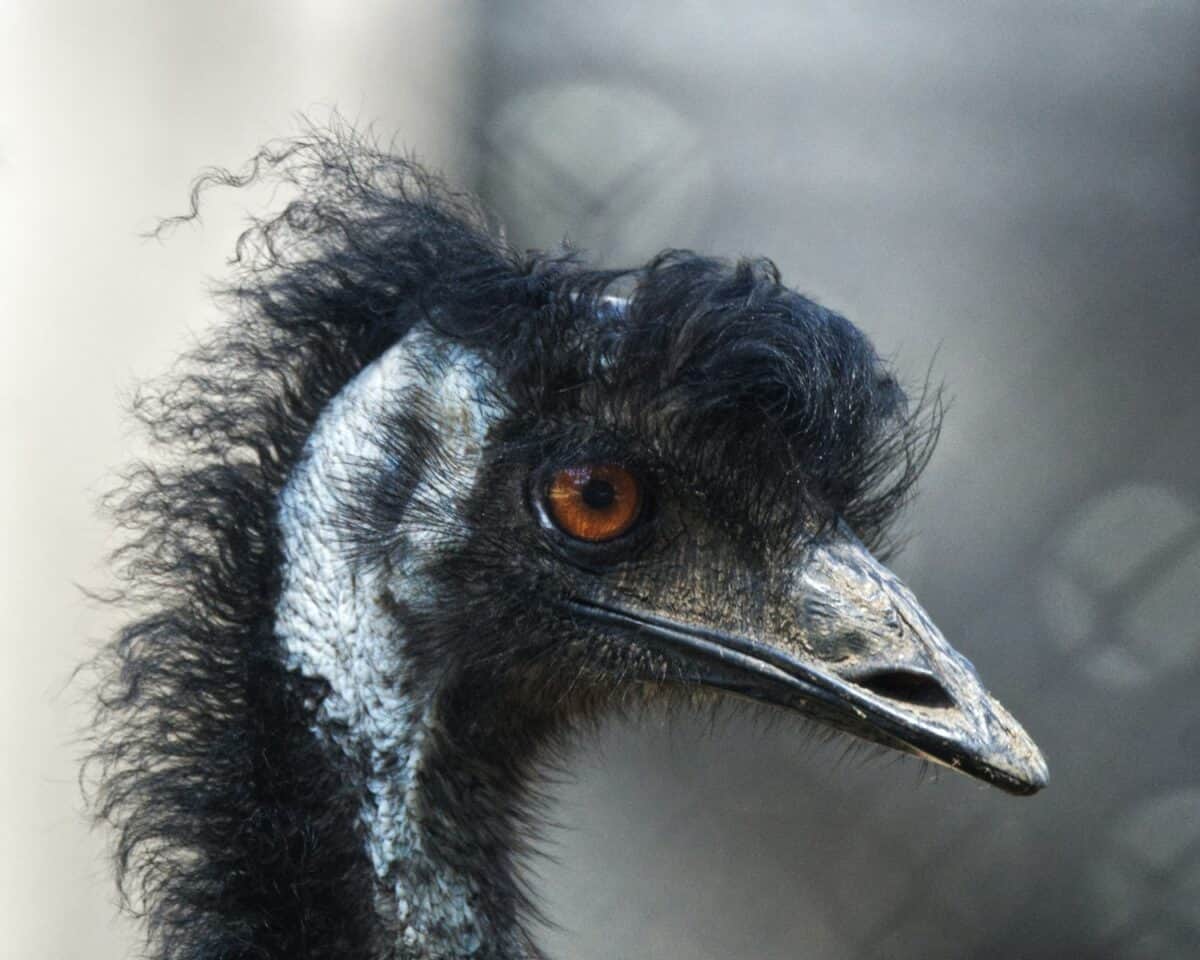
The journey to super-fatherhood begins with the emu’s unique mating system. During the Australian summer (December to January), female emus become the pursuers in courtship, competing for male attention. Males develop a darkening of their neck feathers during this period, signaling their readiness to breed. Once paired, a female may mate with a chosen male for several days, laying a clutch of large, emerald-green eggs every three days until she’s produced about 8-10 eggs total. The eggs, weighing approximately 1.5 pounds each, are among the largest of any bird relative to body size.
What happens next sets the stage for the male’s remarkable parenting journey. Once the female completes her egg-laying, she typically wanders off to find another mate—potentially breeding with multiple males in a single season. This “rolling polyandry” mating system places the entire burden of incubation and chick-rearing on each male. Essentially, the female’s reproductive strategy maximizes her genetic contribution to the next generation, while the males are left to ensure those genes survive through dedicated parenting. This system, while seemingly unbalanced, has evolved as a successful reproductive strategy in the challenging Australian environment.
The Grueling Incubation Period: A Test of Endurance
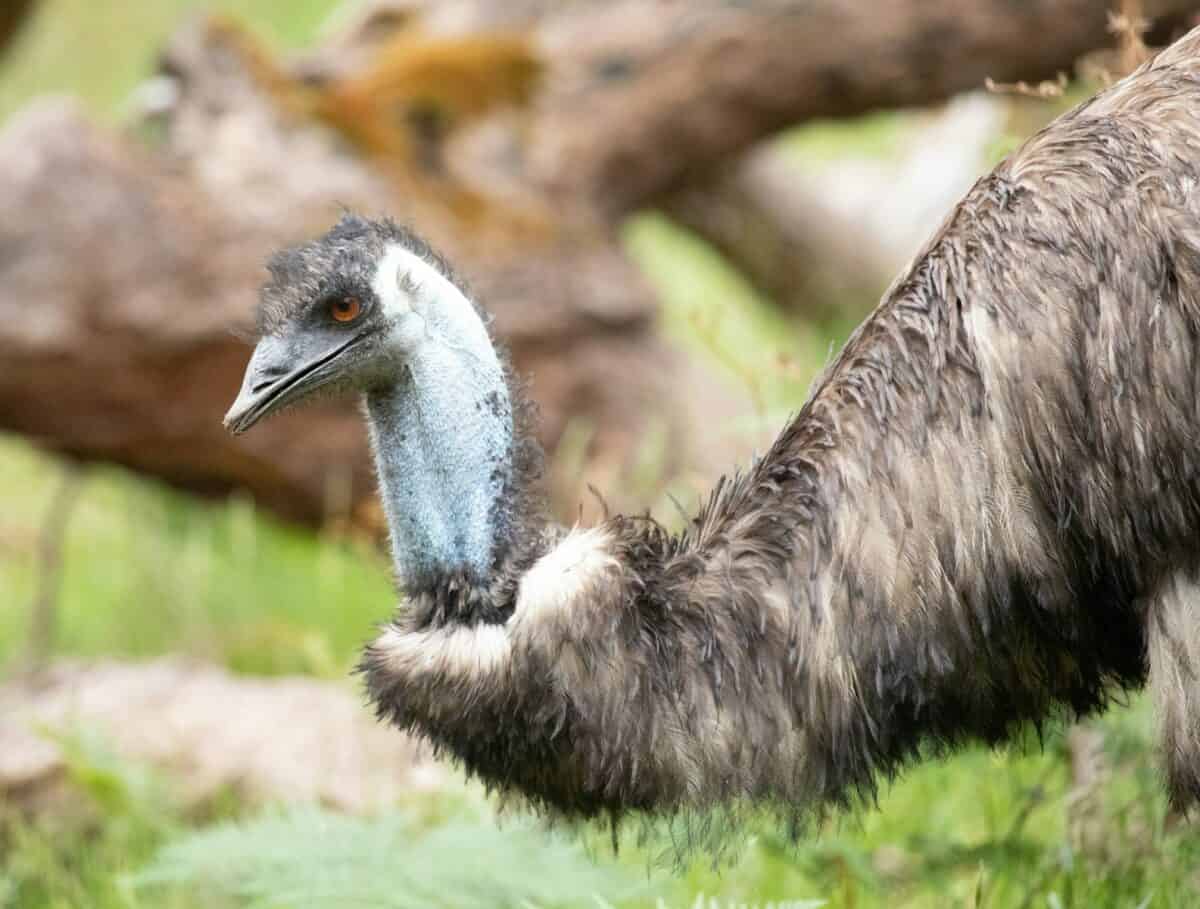
Once the female departs, the male emu begins an incredible feat of endurance. He settles in for an 8-week incubation period, rarely leaving the nest to eat, drink, or eliminate waste. During this time, the devoted father loses up to one-third of his body weight as he continuously sits on the eggs, only standing occasionally to turn them. This ensures even heat distribution and proper embryonic development. The male’s body undergoes physiological changes to support this demanding role, including the development of a brood patch—a featherless, highly vascularized area of skin that efficiently transfers body heat to the eggs.
What makes this incubation period particularly challenging is the harsh Australian environment. Male emus must endure extreme temperature fluctuations, from scorching midday heat to chilly desert nights. They also remain vulnerable to predators, with limited mobility to escape threats. Research has shown that male emus enter a state of hypometabolism during incubation, reducing their metabolic rate to conserve energy during this extended fasting period. This biological adaptation, combined with remarkable behavioral discipline, enables them to complete one of the most demanding incubation periods in the avian world without abandoning their precious clutch.
The Hatching Process: A Coordinated Family Effort
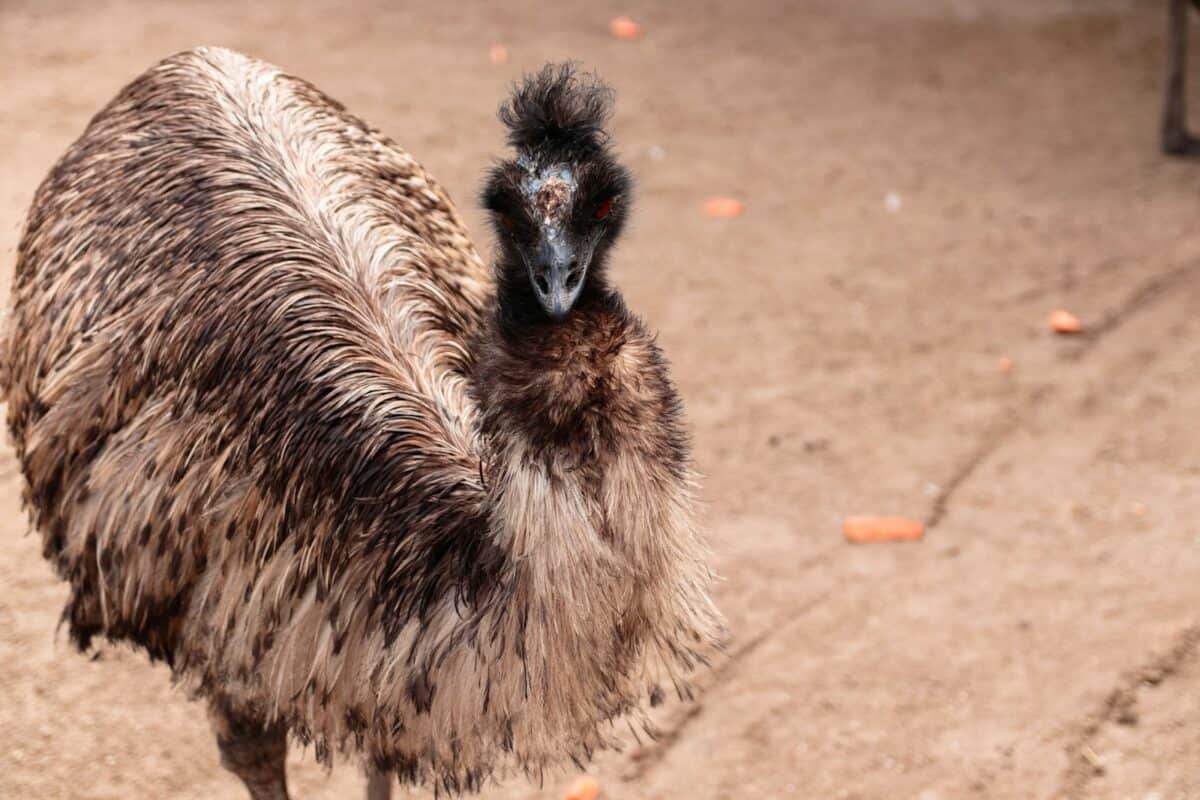
After the long incubation period, the hatching process begins with the male emu playing a crucial supportive role. Emu chicks start the hatching process by making small holes in their shells and emitting distinctive clicking sounds. These vocalizations serve two important purposes: they help synchronize hatching among the clutch and allow communication between the chicks and their father. The male responds to these sounds with low, rumbling calls that both reassure the chicks and help guide their efforts. This acoustic relationship begins before hatching and forms the foundation of the bond between father and offspring.
The hatching itself can take up to 48 hours as the chicks gradually break free from their shells using a specialized “egg tooth” on their beaks. The male stays attentive throughout this process, sometimes helping to remove shell fragments but mostly providing the perfect environmental conditions for successful emergence. Remarkably, despite laying their eggs over several days, most of the viable eggs in a clutch will hatch within a 24-36 hour period—a synchronized event that gives the chicks the best chance of survival as a cohesive family unit under their father’s protection. Once hatched, the striped chicks stand about 10 inches tall and are ready to leave the nest within days.
Early Chick Development: First Lessons from Dad
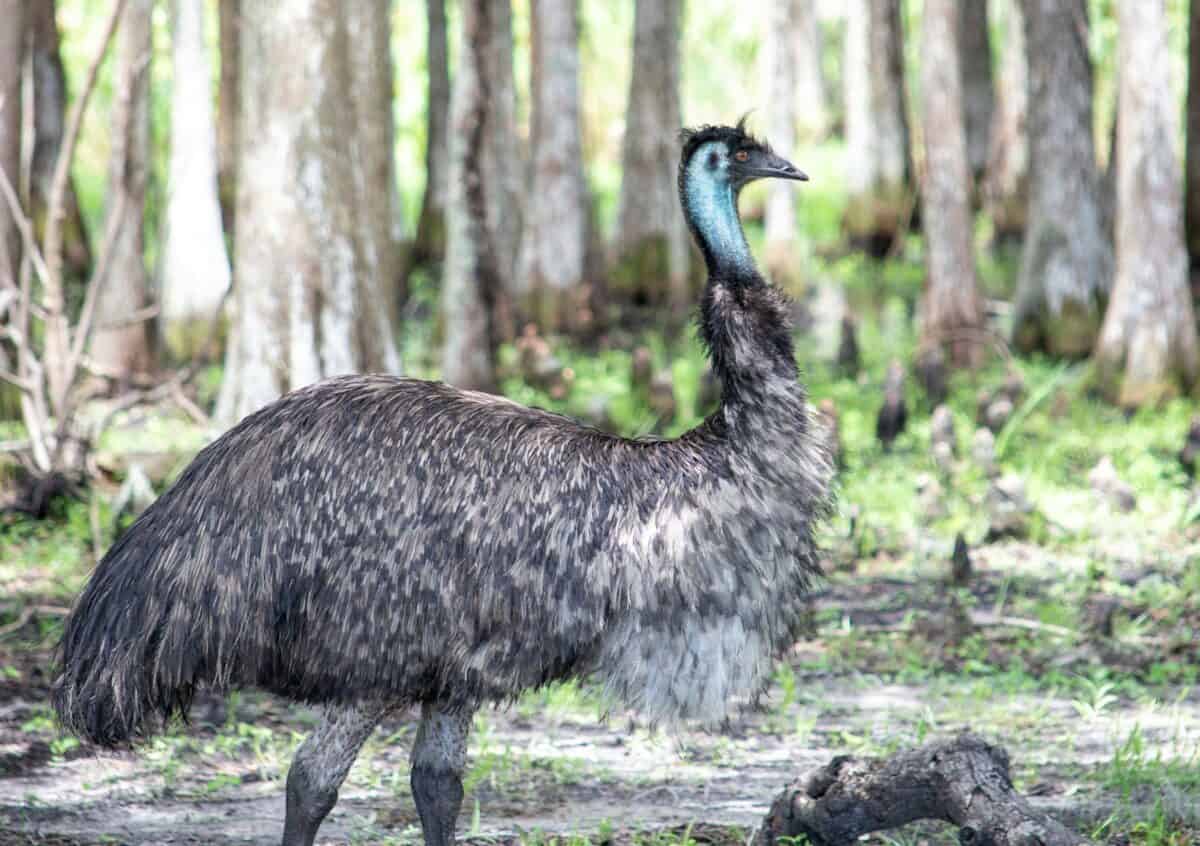
The first few days after hatching represent a critical period for emu chicks, and their father’s guidance is essential. Newly hatched chicks are precocial, meaning they hatch with open eyes, downy feathers, and the ability to walk and feed themselves almost immediately. Despite this relative independence, they rely heavily on their father for protection, temperature regulation, and learning critical survival skills. The male teaches his brood what to eat by demonstrating foraging techniques, pecking at appropriate food items which the chicks then mimic. Their diet initially consists of soft insects, tender plant shoots, and small fruits—all rich in the nutrients needed for rapid growth.
One of the most charming aspects of this early developmental period is the synchronized movement of the emu family. The father leads his striped offspring in single-file processions across the landscape, a behavior that keeps the family unit cohesive and protects the vulnerable chicks from predators. The distinctive brown and cream striped pattern of the chicks provides excellent camouflage in the grassy, scrubby habitats they traverse. During rest periods, the chicks shelter beneath their father’s feathers, where they find warmth and protection. These early weeks cement a strong familial bond, with chicks responding specifically to their father’s calls even in the presence of other adult emus.
Protective Behaviors: Defending the Brood
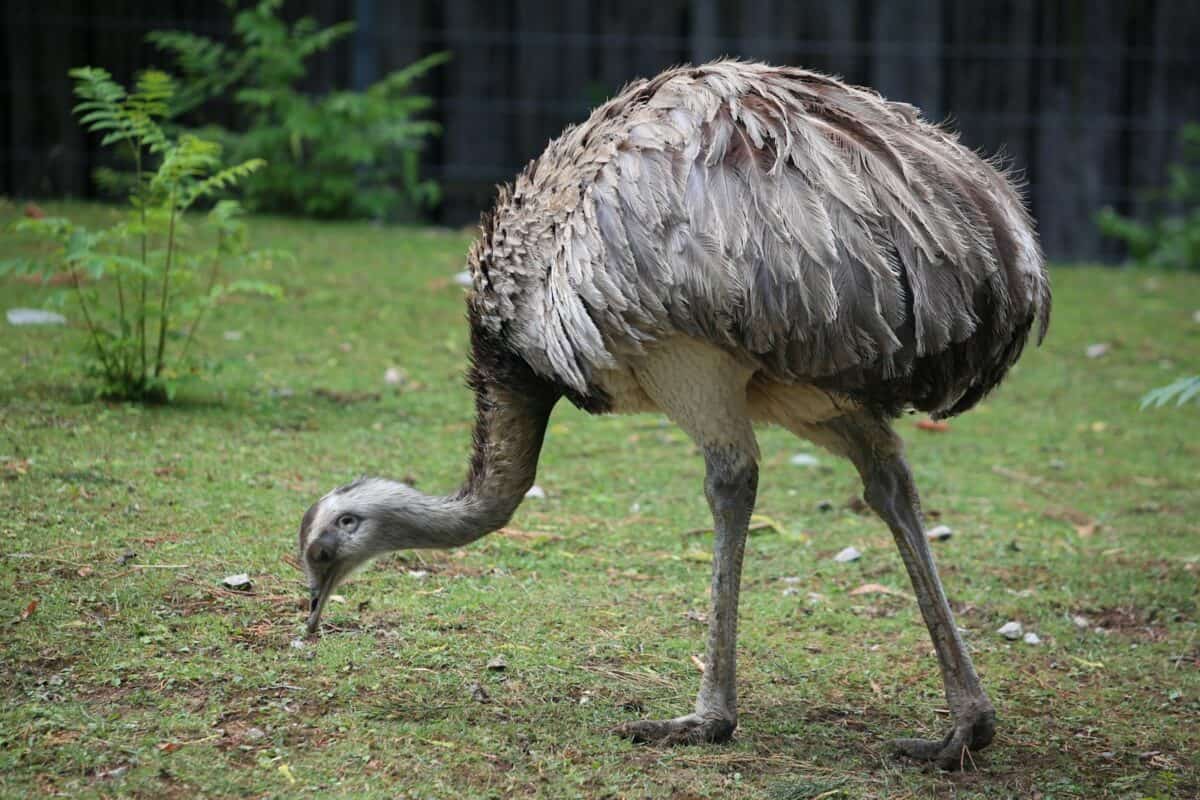
Male emus exhibit remarkable protective behaviors toward their offspring, transforming from relatively docile birds into fierce defenders when threats appear. When predators approach, the male employs a variety of defensive tactics. For smaller threats, he may perform intimidation displays, spreading his wings to appear larger, raising his neck feathers, and emitting loud booming vocalizations that can be heard up to two kilometers away. These displays often succeed in deterring potential predators like foxes and smaller predatory birds. For more persistent threats, male emus can deliver powerful kicks capable of breaking bones or causing serious internal injuries—their three-toed feet equipped with sharp claws become effective weapons.
Beyond active defense, male emus employ clever protective strategies in their daily routines. They choose foraging routes carefully, avoiding areas with known predator activity, and select rest locations that offer good visibility and escape routes. When sensing danger, the male gives a distinctive alarm call that causes the chicks to freeze in place, their camouflaged plumage making them nearly invisible in the underbrush. Alternatively, he may direct them to scatter and hide in different locations, a strategy that ensures at least some offspring will survive even if a predator captures one or two. This multi-layered approach to protection demonstrates the male emu’s complete commitment to his offspring’s survival in Australia’s predator-rich environment.
Feeding the Family: Dietary Guidance in a Harsh Land
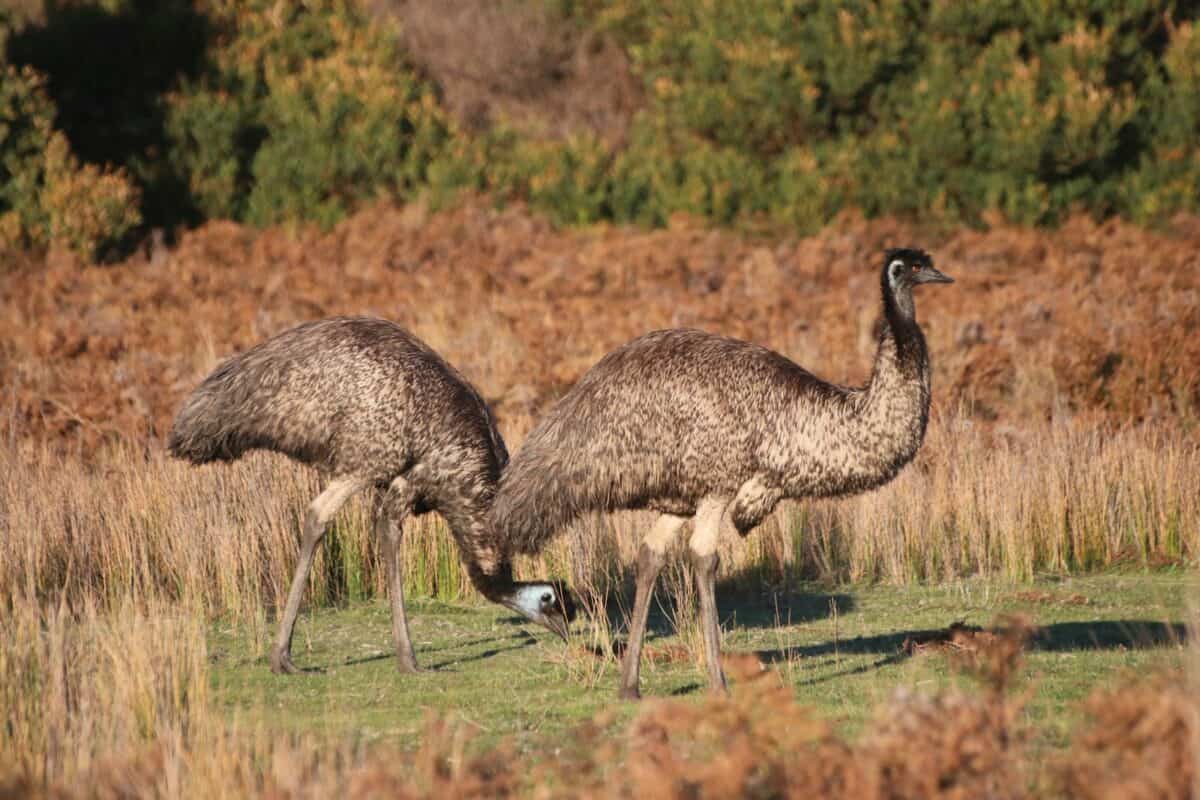
As omnivorous birds adapted to Australia’s variable conditions, emus have a diverse diet that changes seasonally. The male emu teaches his chicks to identify and consume this varied menu through demonstration and guidance. Their diet includes native fruits, seeds, insects, small lizards, and various plants. The father shows particular skill in locating food sources even during drought conditions, often leading his family to areas with more abundant resources. Research has shown that emu-led family groups travel significantly greater distances during dry periods, with the male’s experience proving crucial for survival.
The father’s dietary wisdom extends beyond merely finding food—he also teaches critical selective feeding behaviors. Young emus must learn which plants are nutritious and which contain toxins, which insects provide the best protein, and how to efficiently forage without expending excessive energy. Studies of emu family groups reveal that chicks with fathers have significantly higher survival rates than orphaned chicks, largely due to this transmitted foraging knowledge. As the chicks grow, the male gradually encourages more independent feeding while still supervising their choices, creating a perfect balance between guidance and developing self-sufficiency. This nutritional mentorship continues for 5-7 months, ensuring the young emus develop the feeding skills they’ll need for adult survival.
Social Development: Creating Independent Emus
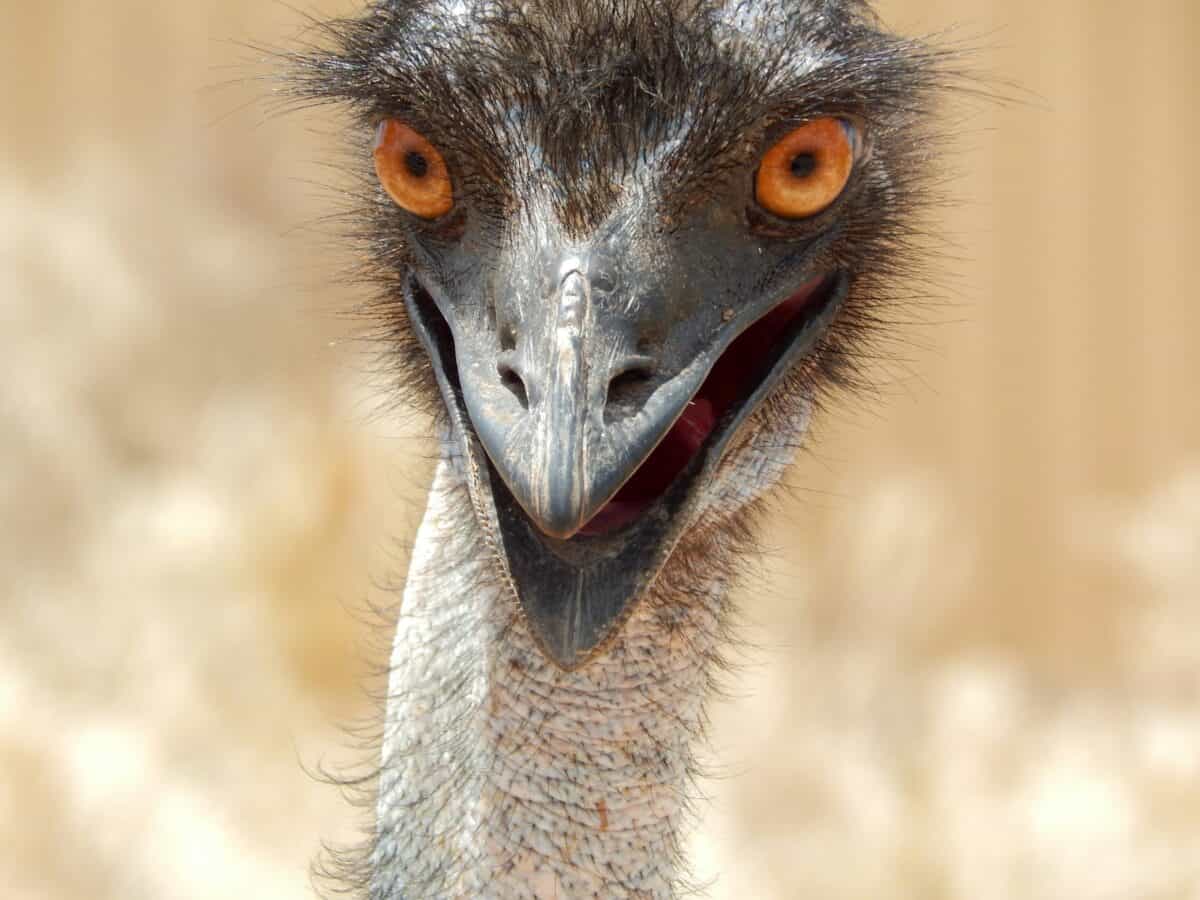
Beyond physical care and protection, male emus play a crucial role in the social development of their offspring. Young emus learn appropriate species behaviors through observation and interaction with their father and siblings. The male facilitates important play behaviors that develop coordination and strength while reinforcing family bonds. These activities include mock chases, feather-pecking games, and playful sparring that prepares the chicks for adult interactions. The father moderates these activities, intervening when play becomes too rough and encouraging more timid chicks to participate, demonstrating a nuanced understanding of each offspring’s temperament.
As the chicks mature, the father gradually adjusts his parenting style to encourage increasing independence. Around four months of age, he begins to allow the juveniles more freedom to explore, though he still maintains watchful supervision. By six months, the young emus spend significant time practicing adult behaviors away from their father, though they return to the family unit for protection at night. This gradual transition to independence represents sophisticated parenting, balancing protection with the need for offspring to develop self-sufficiency. Research using GPS tracking of emu families shows that fathers strategically expand the territory they cover as their chicks grow, exposing them to varied environments and challenges that prepare them for eventual independence.
The Physical Toll: Self-Sacrifice for Survival
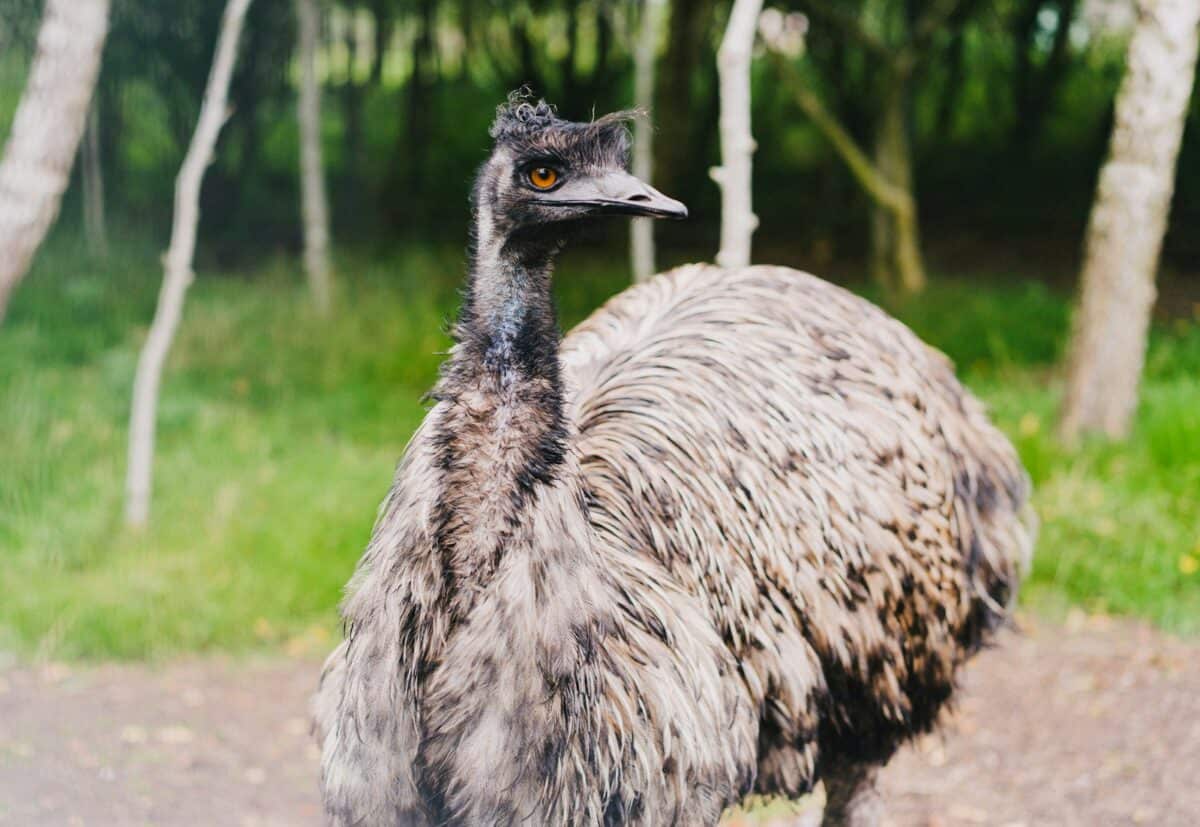
The male emu’s parenting journey takes a remarkable physical toll, representing one of nature’s most extreme examples of parental sacrifice. During the eight-week incubation period, the male typically loses 10-15 kilograms (22-33 pounds)—up to one-third of his body weight—as he forgoes eating and drinking to maintain consistent egg temperatures. His metabolic rate slows dramatically, his internal organs shrink to conserve resources, and he enters a state similar to hibernation while remaining alert to potential threats. Once the chicks hatch, the exhausted father must immediately begin the demanding work of protecting and guiding his brood despite his weakened condition.
The physical recovery process is gradual and occurs simultaneously with active parenting. In the early weeks after hatching, the male must balance his own nutritional needs with the constant vigilance required to protect his chicks. Blood samples from parenting males show elevated stress hormones and evidence of protein catabolism (breaking down muscle tissue for energy) for months after hatching. Despite these challenges, healthy males typically regain their condition by the following breeding season. However, research indicates that males who raise chicks in consecutive seasons have shorter lifespans than those who occasionally skip a breeding cycle, suggesting a cumulative cost to this intensive parenting. This physical sacrifice highlights the evolutionary importance of successful reproduction, with male emus essentially trading their own physical well-being for the survival of their genetic legacy.
When Mom Returns: Complex Family Dynamics
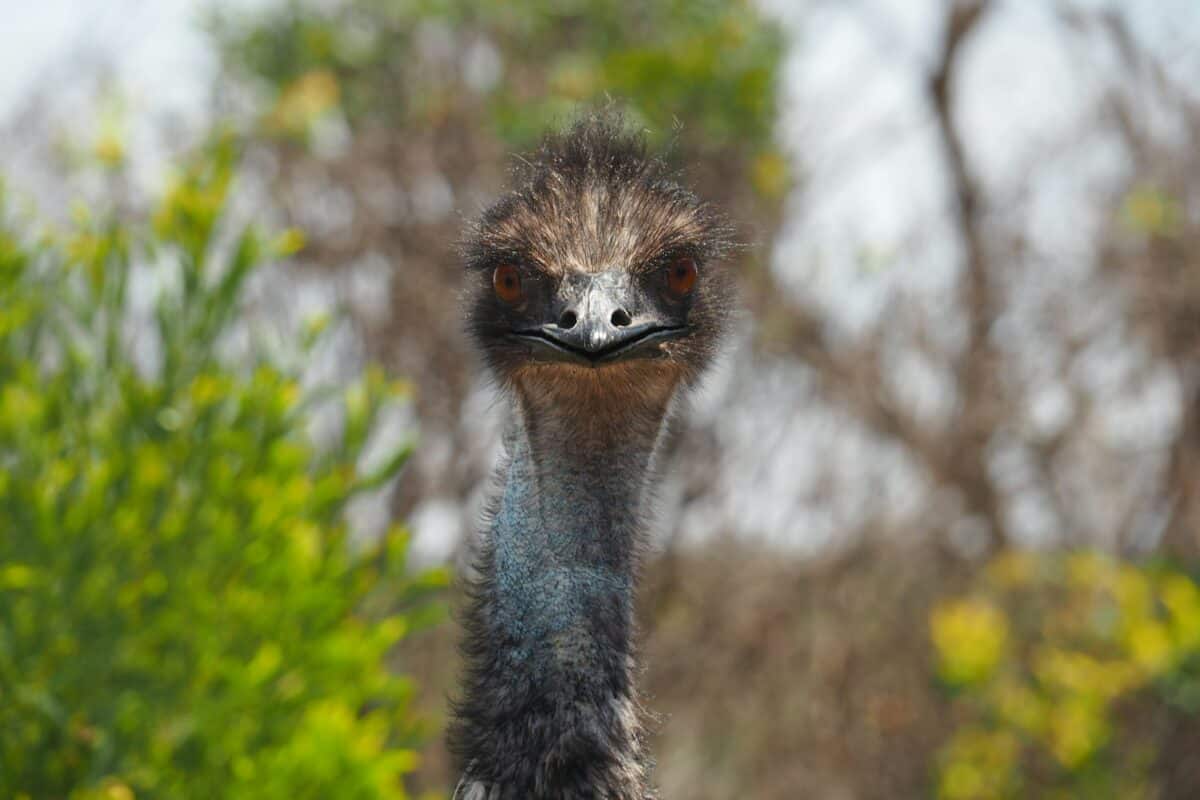
The relationship between male and female emus creates a fascinating dynamic when it comes to parenting. After the female completes egg-laying and departs to potentially mate with other males, she typically has no further involvement with that particular clutch of eggs or the resulting chicks. However, in some cases, the female may return to the territory after the chicks have hatched. When this occurs, the male’s response varies based on the timing and his own condition. If the chicks are very young (under two months), the male typically behaves defensively, positioning himself between the female and the chicks and sometimes actively driving her away. This protective behavior ensures the vulnerable chicks remain under his proven care.
In instances where the female returns when the chicks are older (4-6 months), the dynamics can be more variable. Some males will gradually accept the female’s presence, creating temporary family units with both parents present, though the father remains the primary caregiver and decision-maker. Researchers have observed that these reunited females rarely show the same level of parental investment as the father, often maintaining distance from the chicks and sometimes competing with them for food resources. DNA studies have confirmed that females occasionally return to check on offspring from previous breeding seasons, suggesting they maintain some recognition of their genetic investment despite their hands-off parenting approach. These complex dynamics highlight the flexible nature of emu social structures while reinforcing the male’s position as the essential parent.
Evolutionary Advantages: Why Male-Only Parenting Works for Emus
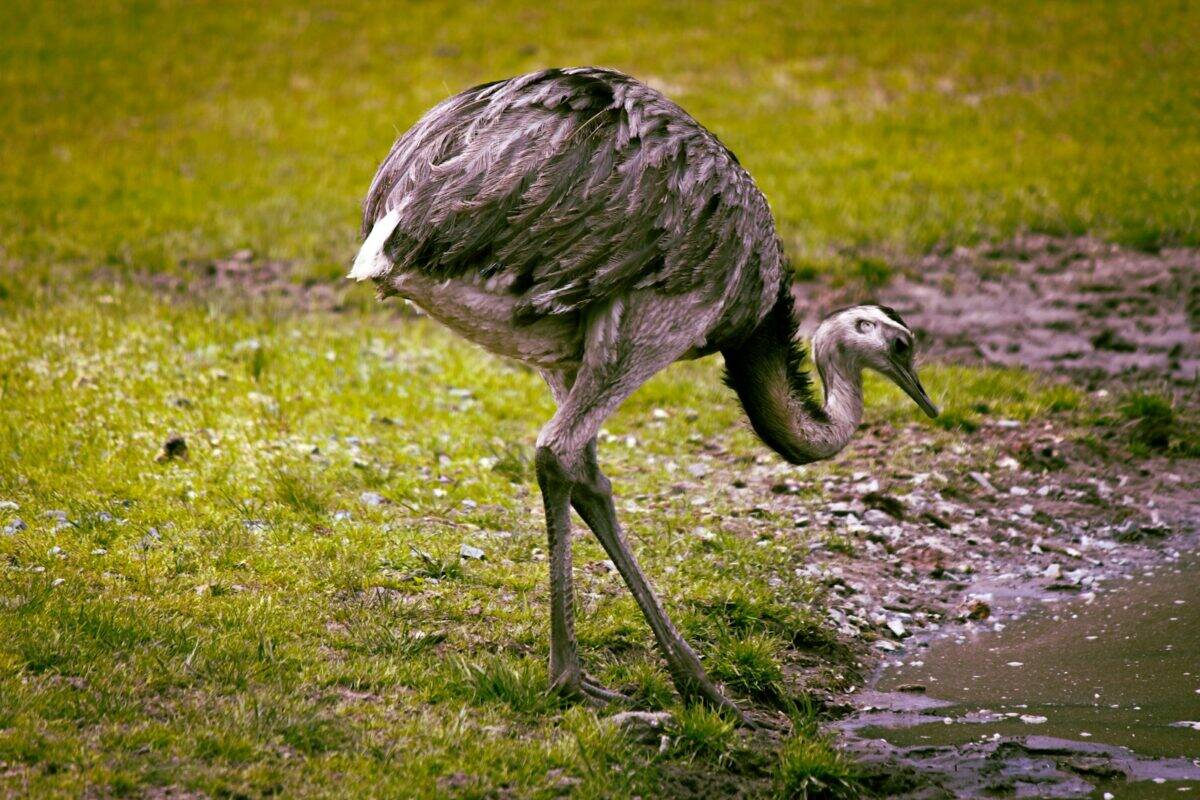
The male-only parenting system of emus represents a fascinating evolutionary adaptation that provides several advantages in Australia’s challenging environment. This system, known as paternal care polyandry, allows for maximized reproductive output. While the male dedicates months to raising one clutch, the female can potentially produce multiple clutches with different males in a single breeding season. Research shows that a healthy female emu can lay up to 50 eggs across multiple nests in favorable conditions, vastly outpacing what would be possible in a shared-parenting system. This strategy particularly benefits the species during good seasons when resources are abundant, allowing rapid population growth.
From an evolutionary fitness perspective, the system balances the reproductive investment between sexes differently than most birds, but with similar overall costs. The female’s investment comes in producing large, nutrient-rich eggs (each weighing approximately 1.5 pounds), while the male’s investment comes through the extended parental care period. This division of labor also creates resilience against environmental unpredictability. If conditions deteriorate during the breeding season, males already incubating eggs will typically continue parenting despite hardship, while females can adjust their reproductive output by reducing or ceasing egg production. Genetic studies show this system maintains high genetic diversity in emu populations, as females select multiple mates with different qualities. Together, these evolutionary advantages explain why this unusual parenting arrangement has persisted in emus for millions of years.
Cultural Significance: Emu Fathers in Aboriginal Traditions
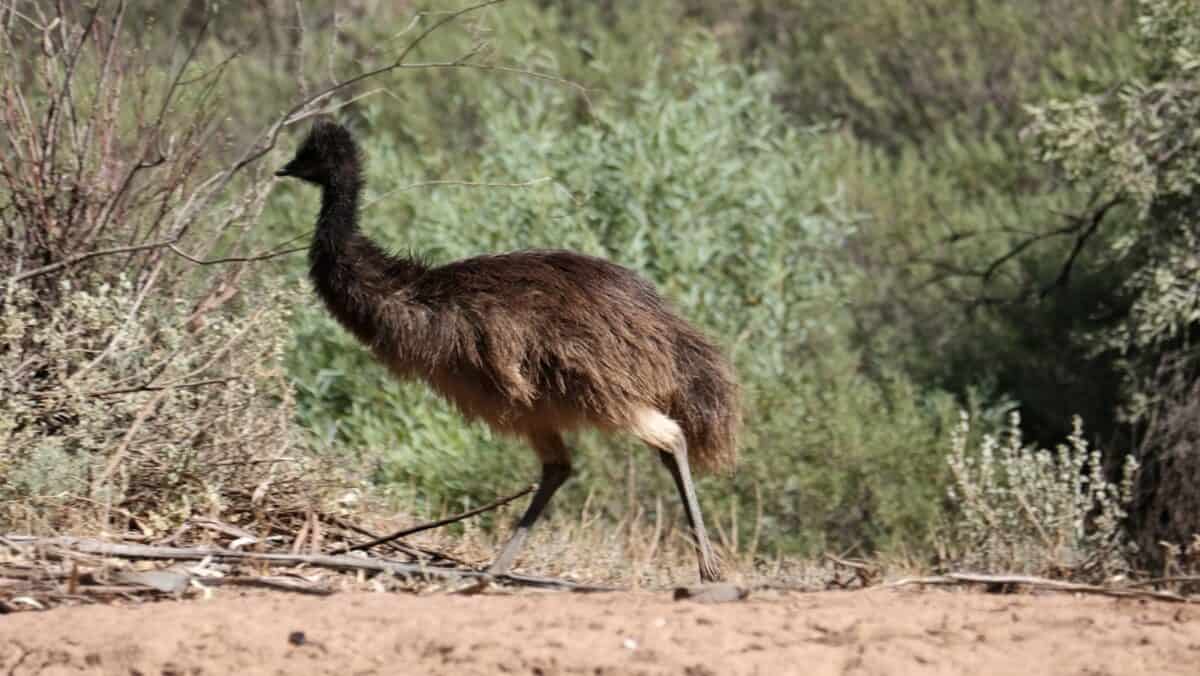
The remarkable parenting behaviors of male emus have not gone unnoticed by Australia’s First Peoples, who have lived alongside these birds for tens of thousands of years. In many Aboriginal cultures, the emu (typically called “Dhindhi,” “Warritcha,” or “Genyornis” depending on the language group) holds profound cultural significance, featuring prominently in creation stories and serving as an important totem. The devoted fathering behavior of male emus is specifically celebrated in numerous Aboriginal stories that use the bird as a model for human parenting responsibilities. These stories often emphasize the emu father’s sacrifice, patience, and protection as qualities to be emulated by human fathers.
The significance of emu parenting is also reflected in traditional ecological knowledge, seasonal calendars, and ceremonial practices. Many Aboriginal groups recognize the emu breeding season as an important marker in their seasonal calendars, with specific restrictions on hunting emus during nesting periods out of respect for the parenting males. Rock art depicting emus with chicks dates back thousands of years, and ceremonial dances mimicking the movements of emu fathers with their chicks remain important in some communities today. This cultural recognition of emu fatherhood represents one of Australia’s oldest continuous acknowledgments of these remarkable parenting behaviors, predating scientific study by millennia and demonstrating the profound impact these super-dads have had on human understanding of parental care in the natural world.
Conclusion: Nature’s Parenting Champions
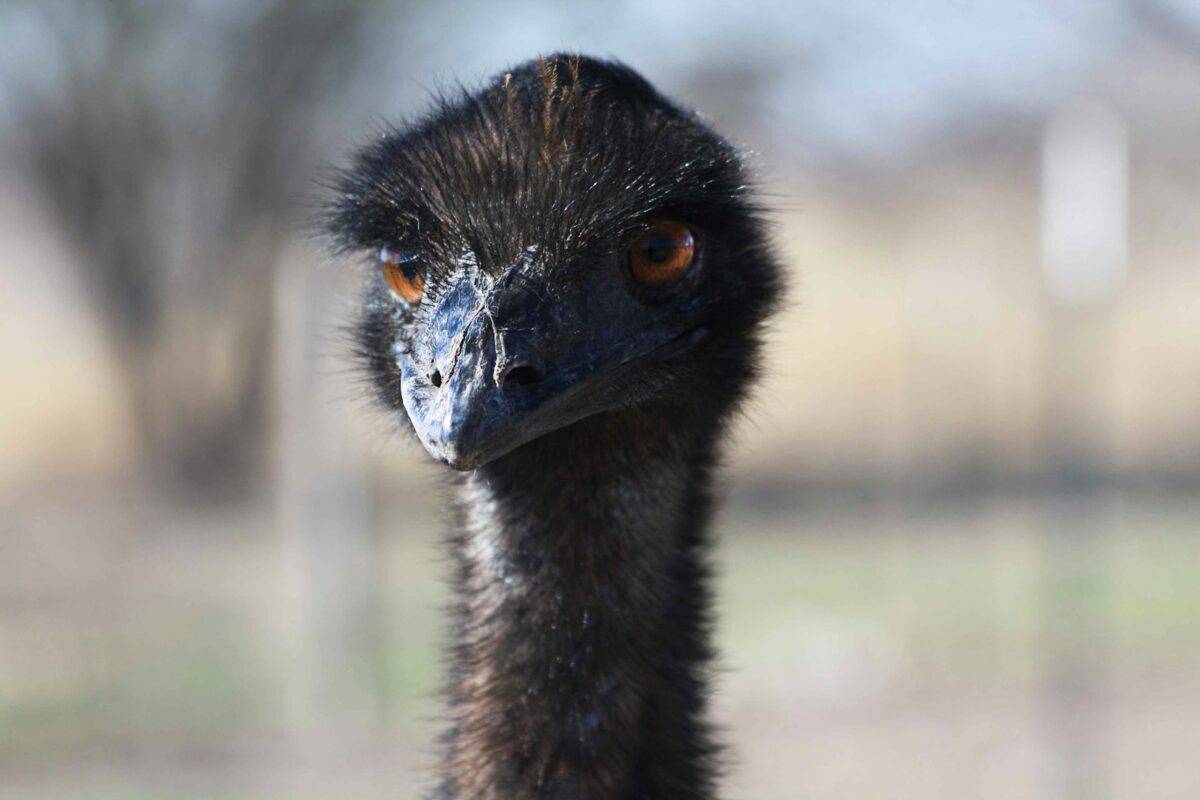
Male emus truly deserve their title as the Super-Dads of the Outback, demonstrating one of nature’s most impressive examples of paternal dedication and sacrifice. From the moment they begin the grueling eight-week incubation process to the months spent protecting, teaching, and nurturing their growing chicks, these feathered fathers embody parental commitment in its purest form. Their willingness to sacrifice their own physical wellbeing, facing predators, harsh environmental conditions, and long periods without food or water, underscores the extraordinary lengths they go to ensure their offspring’s survival.
But emus aren’t alone in this elite club of dedicated animal dads—seahorse fathers, who carry embryos in their brood pouches, and marmoset monkeys, who cradle and feed their young tirelessly, also remind us that in the wild, remarkable parenting isn’t confined to one gender. These devoted animal fathers challenge our assumptions about caregiving and offer a powerful reminder of the diverse and ingenious ways nature ensures the next generation thrives.
- The Largest Wolf Ever Recorded Was the Size of a Pony - August 22, 2025
- This Bird Has the Largest Wingspan of Any Living Creature - August 22, 2025
- The Brightest Supernova Ever Recorded Is Visible Again - August 22, 2025

